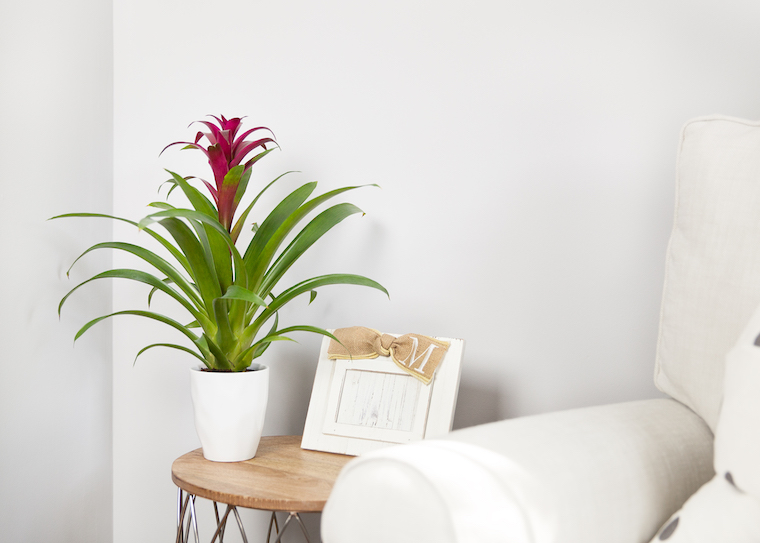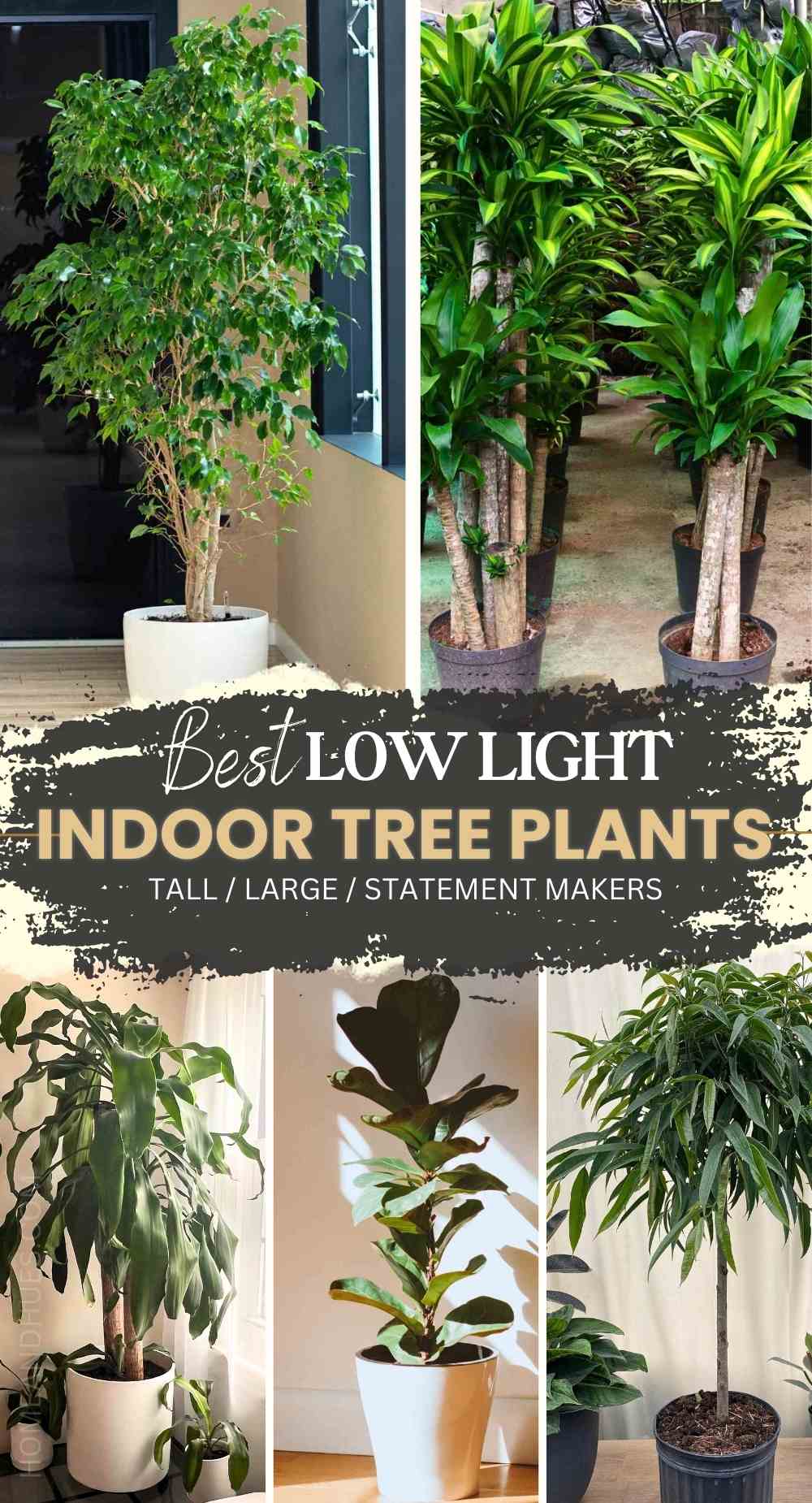Uncover the Tricks of Low-Light Indoor Plants and Exactly How They Enhance Your Environment
Low-light interior plants have actually garnered enhancing interest for their special capacity to improve both visual allure and environmental top quality within workplaces and homes. These resilient varieties, including the Serpent Plant and Tranquility Lily, not just prosper in tough illumination problems however likewise play a pivotal function in air filtration and emotional well-being.
Benefits of Low-Light Indoor Plants
Although many individuals think that indoor plants call for bountiful sunshine to grow, low-light interior plants supply a wide range of benefits that make them excellent for numerous settings. Among the key advantages is their adaptability; they can grow precede with restricted natural light, such as workplaces, basements, or spaces with tiny windows. This feature allows people to improve their environments with greenery, adding to enhanced aesthetic appeals without the demand for extensive lighting alterations.
Moreover, low-light interior plants can significantly improve indoor air quality by releasing and filtering damaging toxic substances oxygen, making living spaces healthier. Study has actually revealed that certain varieties can soak up toxins, thus advertising a cleaner environment. Additionally, they can boost mental wellness by lowering anxiety and boosting efficiency. The visibility of plants has been linked to better feelings of serenity and focus.
Moreover, low-light plants often require much less maintenance than their sun-loving equivalents, making them ideal for hectic individuals or those new to gardening. Their durability enables them to love very little intervention, hence supplying a fulfilling experience for plant fanatics and amateurs alike. In summary, low-light interior plants offer both functional and visual functions, making them valuable additions to any area.
Leading Low-Light Plant Varieties
Low-light interior plants can be found in a variety of types, each offering distinct characteristics and advantages matched for dim atmospheres. Among the most preferred selections is the Serpent Plant (Sansevieria), recognized for its air-purifying capabilities and architectural fallen leaves. This resistant plant flourishes on neglect and can endure a wide variety of light conditions.
One more excellent selection is the ZZ Plant (Zamioculcas zamiifolia), which includes shiny, dark eco-friendly fallen leaves and is very drought-tolerant. Its versatility makes it a preferred for offices and homes with minimal sunlight.
The Pothos (Epipremnum aureum) is additionally a top challenger, with its tracking vines and heart-shaped leaves - Best low-light indoor plants. This flexible plant can be educated to climb or waterfall, adding aesthetic passion to any area

Care Tips for Low-Light Plants
Looking after low-light interior plants needs a nuanced understanding of their details needs to ensure optimum development and vigor. It is vital to choose the right potting mix, as a well-draining soil is important to protect against origin rot. A blend developed for houseplants, usually including peat moss and perlite, works well for most low-light selections.
Watering is an additional vital aspect of treatment. Low-light plants normally call for much less regular watering compared to their sun-loving counterparts. It is advisable to examine the top inch of dirt; if it really feels completely dry, it's time to water. Overwatering can lead to difficulties such as mold and mildew and origin decay.
Fertilizing should be approached with caution. Throughout the expanding period, a diluted fluid fertilizer can be applied monthly, but in winter season, lots of low-light plants go into dormancy and need little to no fertilization.
Finally, it is right here essential to regularly clean up the leaves to remove dirt, enabling for better light absorption. By adhering to these care tips, you can grow a thriving environment for your low-light indoor plants, boosting both their look and long life.
Enhancing Air Top Quality With Plants
Interior plants play a substantial function in enhancing air quality within you can find out more homes and workplace. Via the procedure of photosynthesis, these plants take in carbon dioxide and release oxygen, adding to a healthier environment. Additionally, specific low-light interior plants possess the capability to filter unsafe toxins, such as benzene, formaldehyde, and trichloroethylene, which are typically discovered in interior atmospheres.

Furthermore, the existence of indoor plants can enhance humidity levels, which aids ease dry skin and respiratory system concerns, even more boosting total wellness. This ability to boost air quality not only advertises physical health and wellness yet likewise supports mental wellness.
Including low-light interior plants right into your living and working spaces can result in an extra dynamic and invigorating environment (Best low-light indoor plants). Spending in these all-natural air cleansers is a straightforward yet reliable strategy for enhancing indoor air high quality and promoting a much healthier way of living
Producing a Tranquil Indoor Space
The integration of plants right into living spaces not only improves air high quality however likewise contributes to a peaceful environment. Low-light interior plants, such as serpent plants and pothos, are specifically effective in developing a calm environment, as they thrive in conditions that may otherwise be inhospitable for other plant. Their rich foliage provides a calming aesthetic, lowering stress and anxiety and promoting leisure.
Incorporating these plants into your home or office can stimulate a feeling of peace and well-being. Purposefully putting them in locations where you invest significant time, such as living rooms or workspaces, permits for an immersive experience with nature, which has been revealed to improve state of mind and cognitive function.
In addition, the mild motion resource of fallen leaves in response to air movement can produce a dynamic visual component that boosts the general setting. Think about making use of a range of plant heights and appearances to include deepness and passion to your area. With thoughtful placement and care, low-light interior plants can change any type of location into a peaceful sanctuary, cultivating not only visual contentment however likewise psychological and emotional health.
:max_bytes(150000):strip_icc()/low-light-houseplants-asparagus-fern-getty-1123-74a20afe3f9249ce947a337e497b84ec.jpg)
Conclusion
Integrating low-light indoor plants into various settings returns significant benefits, including improved air high quality and improved aesthetic charm. The transformative power of low-light plants emphasizes their worth in boosting both property and occupational settings.
Although several individuals presume that interior plants require abundant sunshine to grow, low-light indoor plants use a wide range of advantages that make them ideal for various settings.In addition, low-light indoor plants can dramatically improve interior air top quality by releasing and filtering system unsafe toxic substances oxygen, making living areas healthier. Additionally, certain low-light indoor plants possess the ability to filter dangerous pollutants, such as formaldehyde, trichloroethylene, and benzene, which are frequently found in indoor atmospheres.
Low-light indoor plants, such as snake plants and pothos, are especially efficient in developing a calm atmosphere, as they flourish in problems that may or else be inhospitable for various other greenery.Including low-light indoor plants right into various environments yields substantial advantages, including improved air high quality and enhanced visual charm.